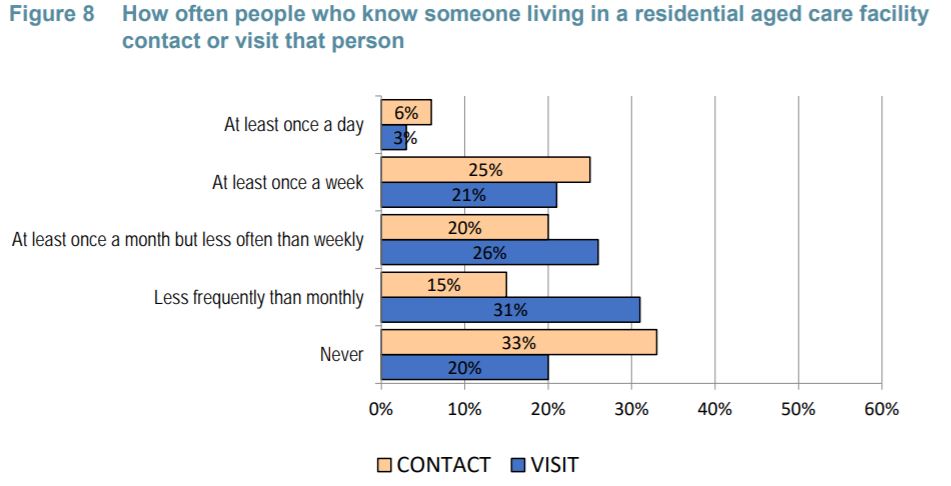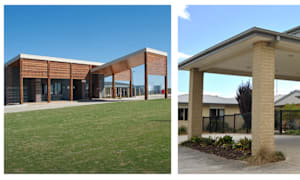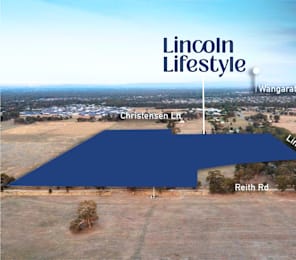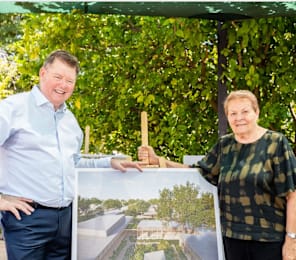A political ploy or adept media massaging? The Commissioners have released research they have been sitting on since 2019 two days before the Royal Commission restarts its formal hearings with a stern rebuke to the Government on its failure to fix the aged care system.
Commissioners Tony Pagone and Lynelle Briggs conclude their press release on the two papers:
“The Australian community’s lack of awareness about the aged care system helps explain why Governments have neglected to fix major, obvious problems. In its interim report the Royal Commission showed there had been 20 major Government inquiries over the past two decades and many of the recommendations had been ignored.”
You can download both papers here.
Final thoughts
In many ways, the Royal Commission’s research papers tell us nothing new – people don’t want to move into residential care and still want the Government to foot the bill.
Negative attitudes towards older people and ageing persist while the Government continues to fail to prioritise aged care despite the looming threat of a growing older population.
What is clear however is that the Royal Commission has identified these issues and firmly declared its intention to cast them all aside.
Change is coming – and providers will need to be prepared to both adapt and transform their services.
The two papers conclude:
- Older people (those aged over 70 according to the Royal Commission’s definitions) are for the majority positive about their health and life in general.
- Younger people (defined as those aged 18-69) on the other hand have a more negative expectations of their health and finances when they are older.
- Aged care residents are seen as lonely, unhappy and having no control over their lives.
- Only 25% said they would prefer to live in residential care if they need care.
- Community awareness of Government spending, My Aged Care and the Aged Care Quality and Safety Commission is very low.
- The Commissioners blame this lack of awareness for the Government’s failure to fix the major problems with Australia’s aged care system over the past 20 years.
See my full analysis below.
10,500 responses from the Australian public – pre-COVID
The research papers are based on a national survey of 10,518 adults by Roy Morgan (undertaken between October 2019 to January 2020 – so pre-COVID), and a large qualitative study by Ipsos involving 35 focus groups and 30 in-depth interviews (conducted July to September 2019 – now approaching 12 months old).
The Commission’s fourth 83-page research paper (after its first three papers on staffing levels, international systems of care and innovative models of care) details the surveys conducted by the Royal Commission and its conclusions.
The fifth 203-page paper – tellingly titled ‘They look after you, you look after them: Community attitudes to ageing and aged care’ – analyses the qualitative research and its findings, including breaking down the various groups such as Aboriginal and Torres Strait Islander people, CALD communities, financially and socially disadvantaged people, veterans, gay, lesbian and bisexual communities, transgender and intersex people, care leaves, parents separated from their children by adoption or forced removal, people who are homeless or at risk of homelessness, younger people living in residential care, and younger people living with dementia.
Over-70s feeling positive – only 25% would go into residential care
The over-70 respondents generally had a positive view of their lives.
- More than 90% of Australians aged over 70 considered themselves healthy.
- 85% said they felt they can do all things in life they want to.
- Over three-quarters said they have enough money to live comfortably.
- Almost all said they make lifestyle choices to keep themselves healthy.
The survey found the majority of older people were living active, healthy lives, but those who did need additional basic support preferred this care to be provided by family and friends.
Respondents only preferred to received paid services from aged care providers when they needed higher-level care, such as help with dressing, eating, going to the bathroom and nursing care.
Interestingly, while most expressed a wish to stay living in their own home if they needed support (80%) or care (62%), around 20% said they wanted to downsize or move closer to family (pre-COVID) – good news for retirement living operators that supports our own findings from our DCM Research Program (find out more about the Program here.)
Only one-quarter (25%) said they would prefer to live in residential care if they needed care.
Younger people fear poor health and finances
However, younger people were a lot less optimistic.
Only 69% said they expected to be healthy and able to look after themselves in their 70s and 80s (they were also less likely to be making healthy lifestyle issues – suggesting this could be the case).
Just six in 10 (61%) thought they would be financially comfortable.
That perhaps explains the surprising figure that 46% of younger people said they would move to residential care.
Just 25% said they would stay living in their own home if they needed care.
People aged over 55 were more committed to staying in their own home compared to the 18 to 34 age bracket which make sense when you consider they are more likely to not own a home.
Community still says Government should pay for aged care
Both older and younger and generations echoed the view however that the Government should foot the majority of the bill for aged care services.
Nearly half (47%) of saw the Government as most responsible for paying for additional supports needed by older Australians, followed by the older person themselves (28%) and family and friends (20%).
76% viewed the Government as being the most responsible or second-most responsible, compared to 57% for family and friends and 52% for the older person themselves.
Much of the data backs evidence that has already been tendered to the Royal Commission, including that those who were institutionalised as children, from LGBTIQ backgrounds, and young people with disabilities are fearful of living in aged care and that younger people who already live in residential care are critical of the care that they receive.

Lonely, unhappy, no control: life in residential care – and no one wants to visit
However, in no shock to anyone, the overall opinion of life in residential care is very negative.
“They think the residents are often lonely, do not have control over their lives and are not happy, but have access to medical care and are safe in comfortable, well maintained accommodation. The community is divided about whether residents receive the help they need with daily activities, whether they are respected, and whether there are enough activities for residents,” the paper says.
The 84% who had actually visited an aged care home had a slightly more positive view.
“However, these people still had a quite a low opinion of facilities overall and nearly all believed residents are often lonely,” the paper states.
There was also confirmation of the depressing statistic noted by then-Aged Care Minister Ken Wyatt in 2017 that up to 40% of residents receive no visitors – with only 32% of people in the survey knowing someone living in residential care who was visited daily or weekly.
31% visited less than once a month while 20% had never visited according to the research.
For those who knew someone receiving home support, only 6% visited daily and 31% weekly. 26% visited less then monthly with one in 10 never making contact or visiting.

My Aged what?
In bad news for the Government, the level of community awareness about how the aged care system works was also very low.
Only 9% of people knew about the Government’s aged care portal My Aged Care.
Just 4% knew about the aged care regulator, the Aged Care Quality and Safety Commission.
Few people could name the figure that the Government spends on aged care each year.
“When asked about aged care funding, most people thought the Government’s contribution towards aged care was 60% or less whereas it is actually around 78%,” the paper reports.
This would appear to support the perceptions in the community that aged care providers, particularly For Profits, are ‘money-hungry’ and the cost of residential care is too high, usually requiring the sale of the family home when relatives do not want to sell their ‘inheritance’ to pay for Mum or Dad’s care.
Successive Governments to blame for failures to change community awareness
The Commissioners conclude that this lack of awareness “helps explain why Governments have neglected to fix major, obvious problems”.
“In its interim report the Royal Commission showed there had been 20 major Government inquiries over the past two decades and many of the recommendations had been ignored,” they state bluntly.
The Government has made some moves towards moving the ratios from residential care towards home care.
As we reported here, Prime Minister Scott Morrison did announce another 6,105 Level 1, 2 and 3 Home Care Packages (HCPs) last week.
But there is still over 100,000 waiting for their approved packages on the home care prioritisation queue – not taking into account the future generations that will require supports.
The system is far from the ideal imagined by the Commissioners where the majority of Australians age at home.










